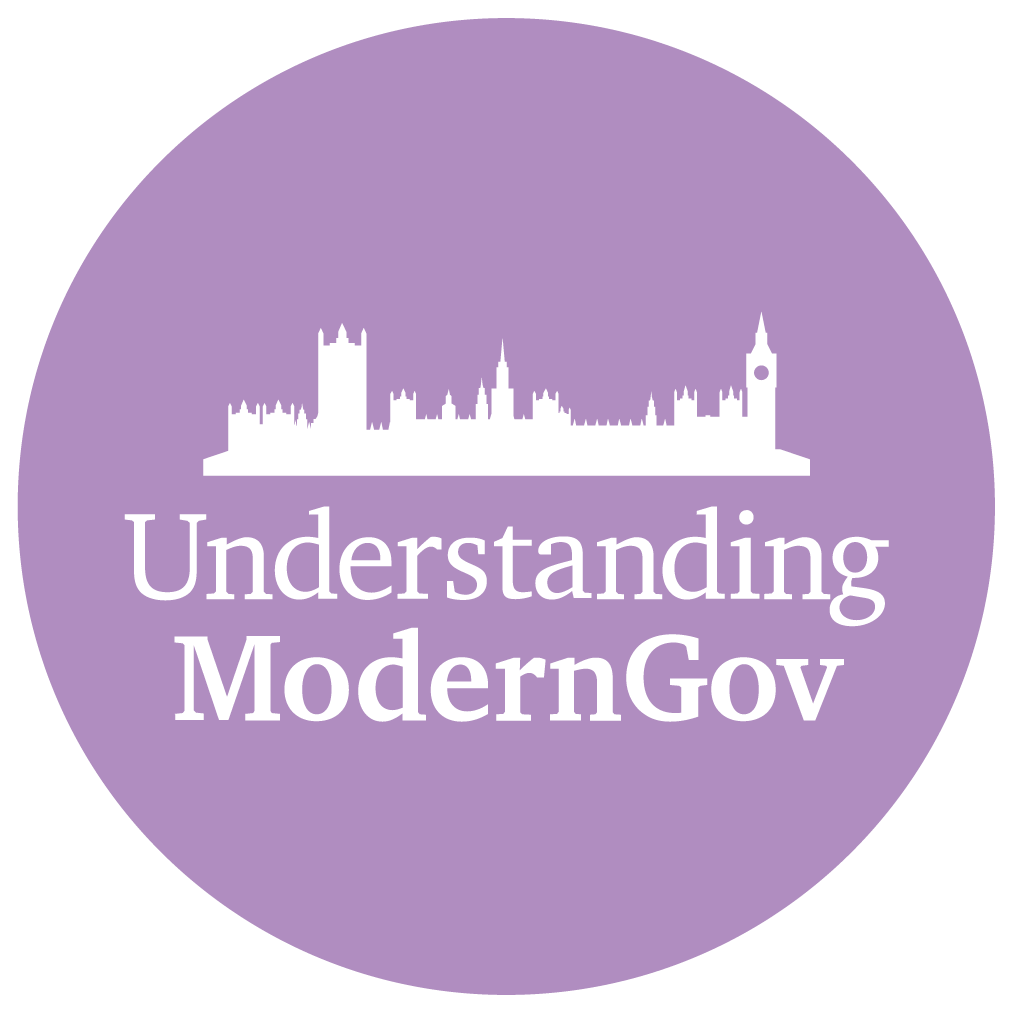
COURSES > ANALYTICS
Bespoke Training: Understanding Statistical Analysis
Statistics for Non-Statisticians
Overview
Increasingly, public sector organisations are turning to statistics to help drive performance, improve decision making and deliver better services. Within this growing dependency on statistics, there is an increasing need for more professionals to be able to think in a more statistical way.
By booking this Understanding Statistical Analysis course for your teams In-House, you will gain the skills to mitigate risk when making decisions, confidently analyse data reports and develop effective forecasting strategies.
This course gives professionals with a limited understanding of statistics the confidence to make more effective decisions based on statistical reports produced by analysts and researchers.
Learning Outcomes
Ensure full compliance with the latest GDPR regulations
Learn how to share information whilst ensuring the highest standards of data protection
Understand and overcome the legal risks associated with data protection law
Create an action plan to effectively comply with highest standards of information governance
All the Understanding ModernGov courses are Continuing Professional Development (CPD) certified,
with signed certificates available upon request for event.
Enquire About In-House Training
To speak to someone about a bespoke training programme, please contact us:
0800 542 9414
InHouse@moderngov.com
Agenda
09:15 - 09:45 Registration
09:45 - 10:00 Trainer's Welcome & Clarification of Learning Objectives
The Trainer will introduce the main concepts to be covered during the course, including:
Types of data and common distributions
Measuring and understanding variation
Trends and prediction
10:00 - 10:45 First Steps: Some Basic Statistical Terms
What is statistical thinking and why does it matter?
Types and examples of quantitative data: continuous, categorical, count
Some common distributions in the real world, e.g., normal, bimodal, uniform, skewed
When averages are misleading
Key terms such as mean, mode, median, percentile, standard deviation, range, ratio, probability and risk, odds, accuracy vs precision
10:45 - 11:00 Morning Break
11:00 - 12:00 Understanding Variation 1: Describing Variation and Randomness
Quantifying variation
What is randomness? Why and when is it a problem
Exercise: quick demo of randomness in action
The role of chance and how to assess it (hypothesis testing)
Exercise on assessing how much variation exists between units
12:00 - 13:00 Understanding Variation 2: Sampling Strategies and Bias
Options for surveying customers and staff: sampling strategies
Measurement error and precarious data
Exercise: how satisfied are my customers?
13:00 - 14:00 Lunch
14:00 - 14:45 Associations and Trends
Correlation vs causation
The linear trend: concept of least squares and choosing line of best fit
Types of trends: linear, exponential rise or fall, step change, seasonal, other non-linear
Exercise: what’s the trend here?
14:45 - 15:00 Afternoon Break
15:00 - 16:00 Forecasting and Getting it Wrong
The Chair will facilitate a group discussion around the ways in which forecasts can go wrong, and the ways to reduce the risk of this happening
Extrapolating from a linear trend
Measures of prediction uncertainty
Group discussion: why do forecasts go wrong? How can we reduce the risk of this happening?
Overcome common cognitive biases
Exercise on putting it all together: which team deserves a bonus?
16:00 - 16:15 Feedback, Evaluation & Close
Become Part of the Understanding ModernGov Community

